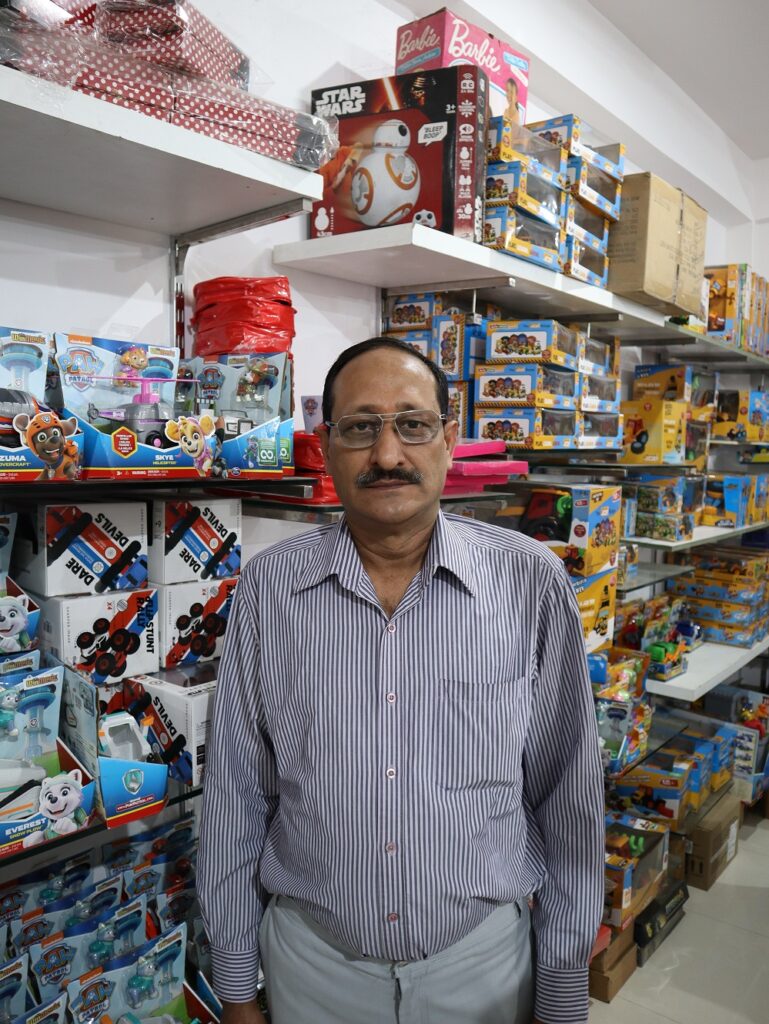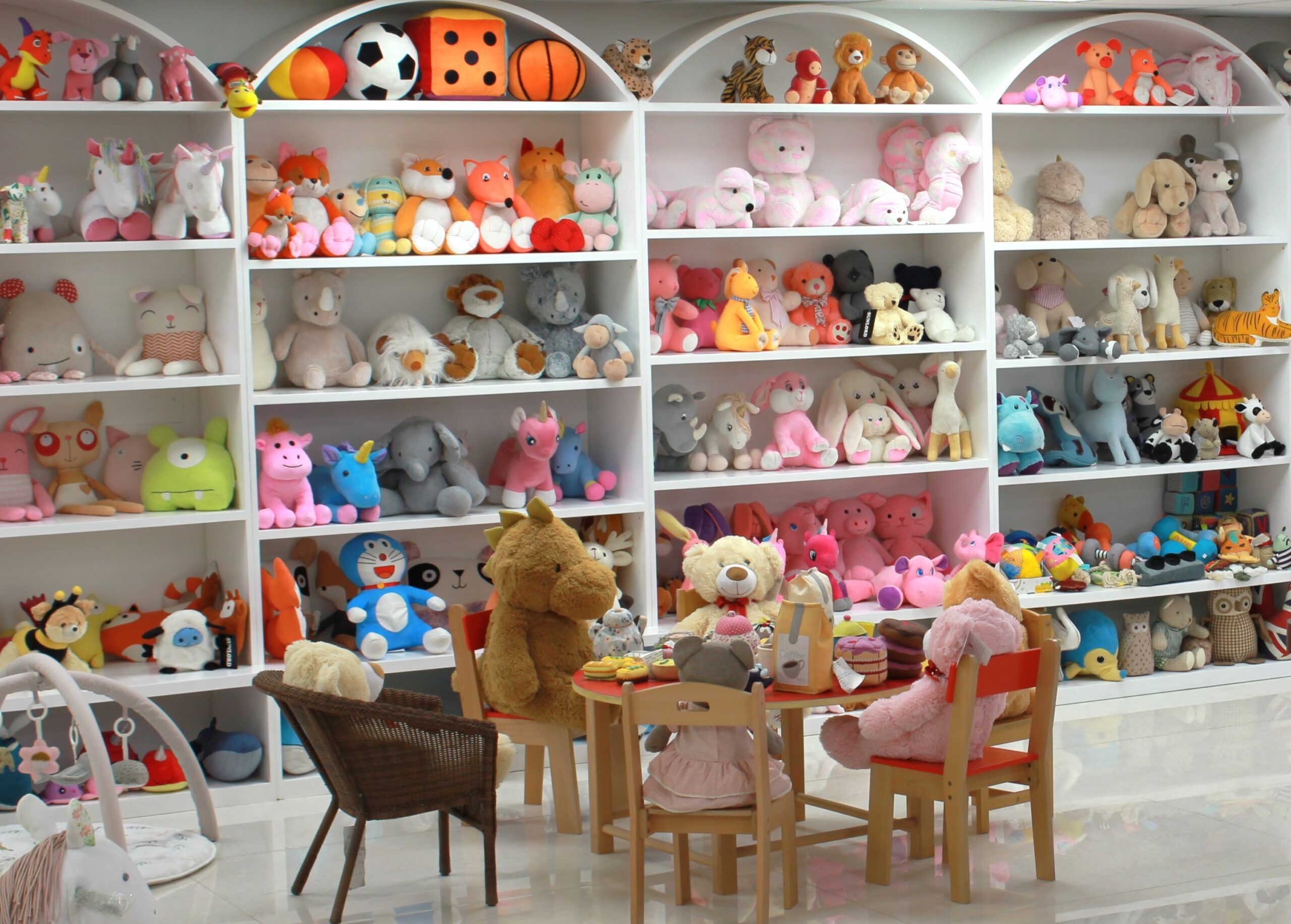‘Implementation of the plan to support development of toy manufacturing clusters will drive toy exports from India’.
New Delhi: The government is planning a very low investment threshold of Rs 5 crore in the forthcoming Production Linked Investment Scheme for Toys to encourage participation of micro and small enterprises in the initiative, driven by the objective to strengthen the domestic toy manufacturing industry and the larger goal of creating an Amanirbhar Bharat. “This will extend all the way upto Rs 100 crore investment as part of a design to have a robust toy manufacturing ecosystem, source aware of the development told The Sunday Guardian. “The focus has been to allow more micro enterprises to get advantage of this. All other previous PLIs have set a much higher limit and very few micro and small enterprises have been able to leverage this scheme. In toys, more of these units will be able to come in,” the source added.
The much awaited, expectedly Rs 3500 crore PLI Scheme for Toys, would be an opportunely delivered incentive for India’s MSMEs dominated toy industry which has been battling an onslaught of imports, pandemic induced shocks and limited capacity and resources. According to industry sources, the organised toy market is estimated at USD 1 billion while the unorganised sector is worth USD 2 billion. Following Prime Minister Narendra Modi’s call on “rebranding the Indian toy story by domestic designing and positioning India as a global manufacturing hub for toys” in August 2020, a slew of proactive policy measures by the Centre to restrict import of sub-standard and unsafe toys and to promote domestic toy industry has led to a 67% decline in imports of toys, as per government data on 23 March 2023.
The volume of import of toys into the Indian market has declined from USD 332.55 million in 2014-15 to USD 109.72 million in 2021-22. The basic customs duty on toys has been increased from 20% to 70% in February 2023. More importantly, a Quality Control Order (QCO) for toys issued on 25 February 2020 to bring toys under compulsory certification from Bureau of Indian Standards (BIS), is in effect from 1 January, 2021. The decree makes it mandatory for every toy in the market to conform to the requirements of relevant Indian standard and bear the Standard Mark under a license from BIS and both domestic manufacturers, as well as foreign manufacturers who intend to export their toys to India, are obliged to follow the law.
All this has spurred domestic manufacturing and additionally, exports have jumped by 61.38% over the period 2018-19 and 2021-22. The country’s toy exports touched Rs 1,017 crore during April-December period in FY23, according to government data.
“Made in India toys continue to tap global markets! India’s toy exports rose to more than 6 times in April-December 2022 as compared to the same period in 2013,” says a tweet by Commerce and Industry Minister Piyush Goyal. Indeed, Asia’s fastest growing democracy has come a long way from eight odd factories set up between 1990 and 1995 to manufacture soft toys for the international market, most of which were shut down by 2000 as it was difficult to get customers to India and compete with China, an industry source told The Sunday Guardian.

Toy Association, Gurugram.
Recent policy disruptions are now changing India’s toy manufacturing landscape, prompting companies which were earlier not selling in the Indian market like Sunlord Apparels Manufacturing to relook their decision and those who are focused on India to plan exports as more people flock to India for sourcing of toys. ClapJoy, a Delhi/NCR based toy manufacturing and marketing firm established in 2021, has already raised funds through a 30 per cent equity stake sale to enable expansion of its product portfolio and manufacturing capabilities. “Government has announced a Toy PLI with Rs 3500 crore subsidy. So we are scaling up production to meet the requirements. Down the line we plan to export these toys,” Sudeep Mangla, CEO, ClapJoy, told The Sunday Guardian. The company produces environmentally friendly children games and toys which include wooden toys and educational toys manufactured using natural material and non-toxic colours. “We started with 2000 toys, scaling up to 10,000 and are looking to 50 000 a month. We are selling more than 5,000 units monthly catering to educational segment as well as family and party segments,” said Mangla.
Expectations are soaring in the industry which is optimistic about the Government initiatives helping businesses to combat cheap toy imports and scale up output. Subhash Garg, president of the Toy Association Gurugram, which has members from across NCR and India and who owns a distribution channel for toys since 2006, calls the QCO a game-changer.
“Share of imported stuff reached 85% until 2019, due to unabated surge in volume every year,” recalled Garg. “In 2019 the government increased basic excise duty from 20 to 60 per cent, almost a 200 per cent increase. But this did not work as import is of two types – organised which is 100 per cent authorised with billing and one is the grey market which involves undervalued import and illegal things. This was a big disturbing factor in the regular channel distribution because once the duties and taxes are avoided, they become more competitive than the organised one,” Garg said.
“The government standards and the Quality Control Order with BIS marketing on toys is when the situation started changing and people started recognising the importance of quality and safety in toys,” said Amitabh Kharbanda, CEO, of Sunlord Apparels Manufacturing which has successfully diversified to producing crib toys, sensory learning and empathy based soft toys like teddy bears etc. “Toy export has grown to 75 per cent of our total business. Exports in absolute has gone up and in past two years we have doubled our sales across Europe, USA, Canada, South America, Europe, Middle East and Australia,” said Kharbanda, unravelling the China competition.
“As toys were in the restricted list in 1999-2000, they were not allowed to be imported. Thereafter, once they came under open general license, the downfall of the Indian manufacturers started as it became very easy for people to go and buy from China,” said Kharbanda.
A top soft toy retailer to which the company was supplying in 2002, had the option to buy 100 different varieties from China and have them in their shop under three months. “But for us to get to develop those 100 new designs and then manufacture them would take a very long time. It was not possible for us to do small quantities because we were importing the material and competing in India was next to impossible because the quality of wood that was coming was very low. We stopped selling in the domestic market,” Kharbanda said.
However, it was in 2021 that the industry did really get strong enough to be able to fight China from India through exports and other qualitative improvement ushered in by the new standards and laws, added Kharbanda who has since scaled up the soft toy business from around Rs 5.5 crore in 1999 to the current Rs 50 crore and is expanding the production capacity from 1,40 000 pieces of toys monthly now to boost exports and his domestic sales which have jumped from 5-6% of the total sales to 25%.
There are still challenges ahead. According to Garg, one aspect is the existing stock in trade. “As per the new QCO, anything that does not have ISI mark is illegal and the enforcement agencies, namely the BIS, can raid any shop/premises and seize anything which does not have the mark but the stock which is there, has been legally purchased by paying full duties and taxes as per the law of the land on the day, legitimately manufactured or imported before 1 January 2021 when this act was implemented,” Garg said. “The Government brought a similar QCO for electronic and electrical good which lays down that goods imported or manufactured before the date of implementation of the QCO are out of ambit of this Act. Similar treatment should have been given to toys,” Garg said.
“The business of toys faces a lot of challenge in terms of raw material,” said Kharbanda. “We need right quality of material, right consistency of material and correct certification. We have to still import a lot of our specialised material, especially when it comes to using accessories like plastic eyes, nose different kinds of modules and other decorative stuff. Customers who have tried and tested stuff from China want us to buy from them because of the quality and consistency. Hence if there is a toy product coming from China and another from India, there should not be a difference,” he pointed out.
The government is not resting yet. A comprehensive National Action Plan for Toys is aiming to make the Indian toy industry competitive and push the “Make in India” initiative by boosting the domestic manufacturing of toys. Implementation of the plan to support the development of toy manufacturing clusters is expected to drive toy exports from India.

